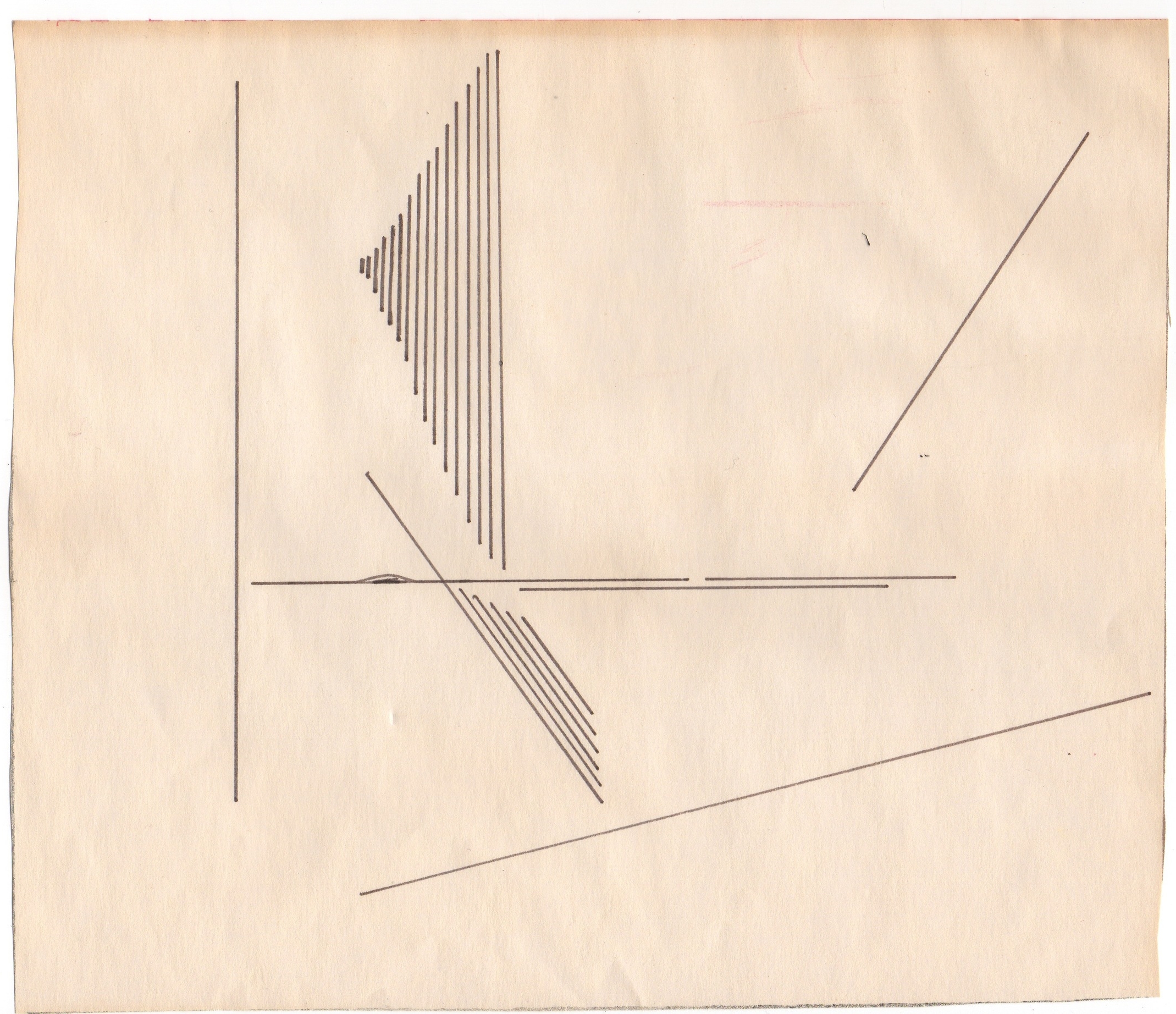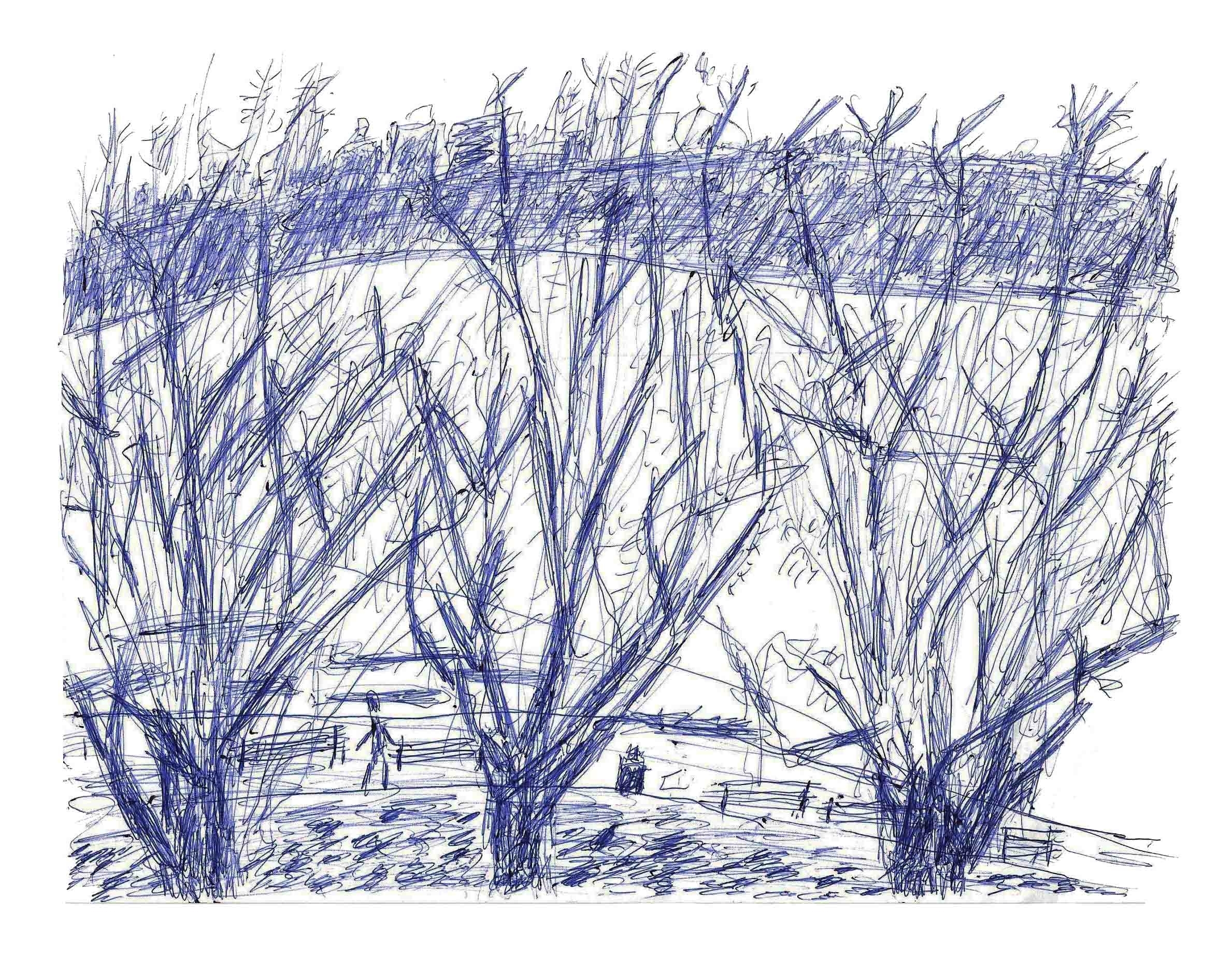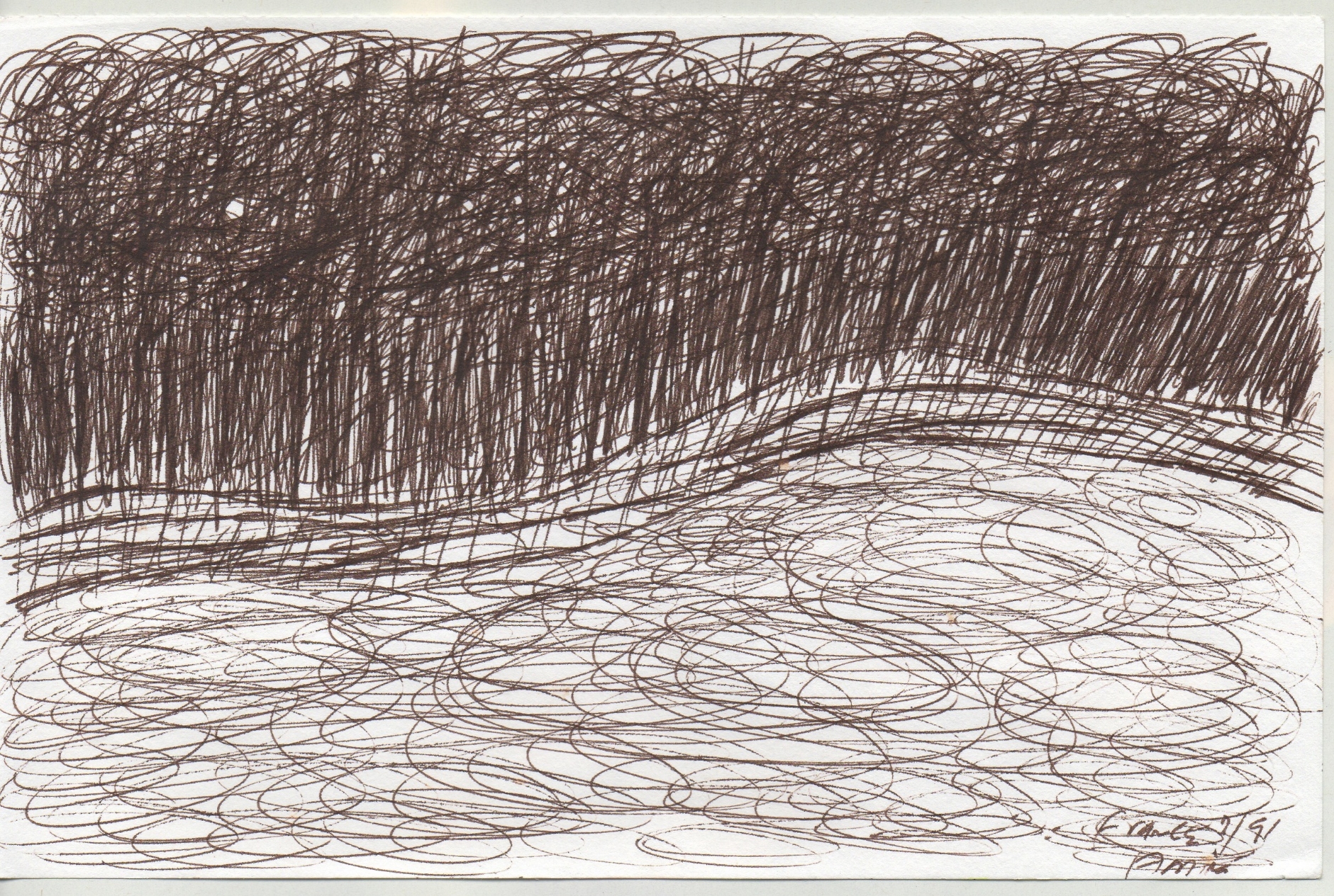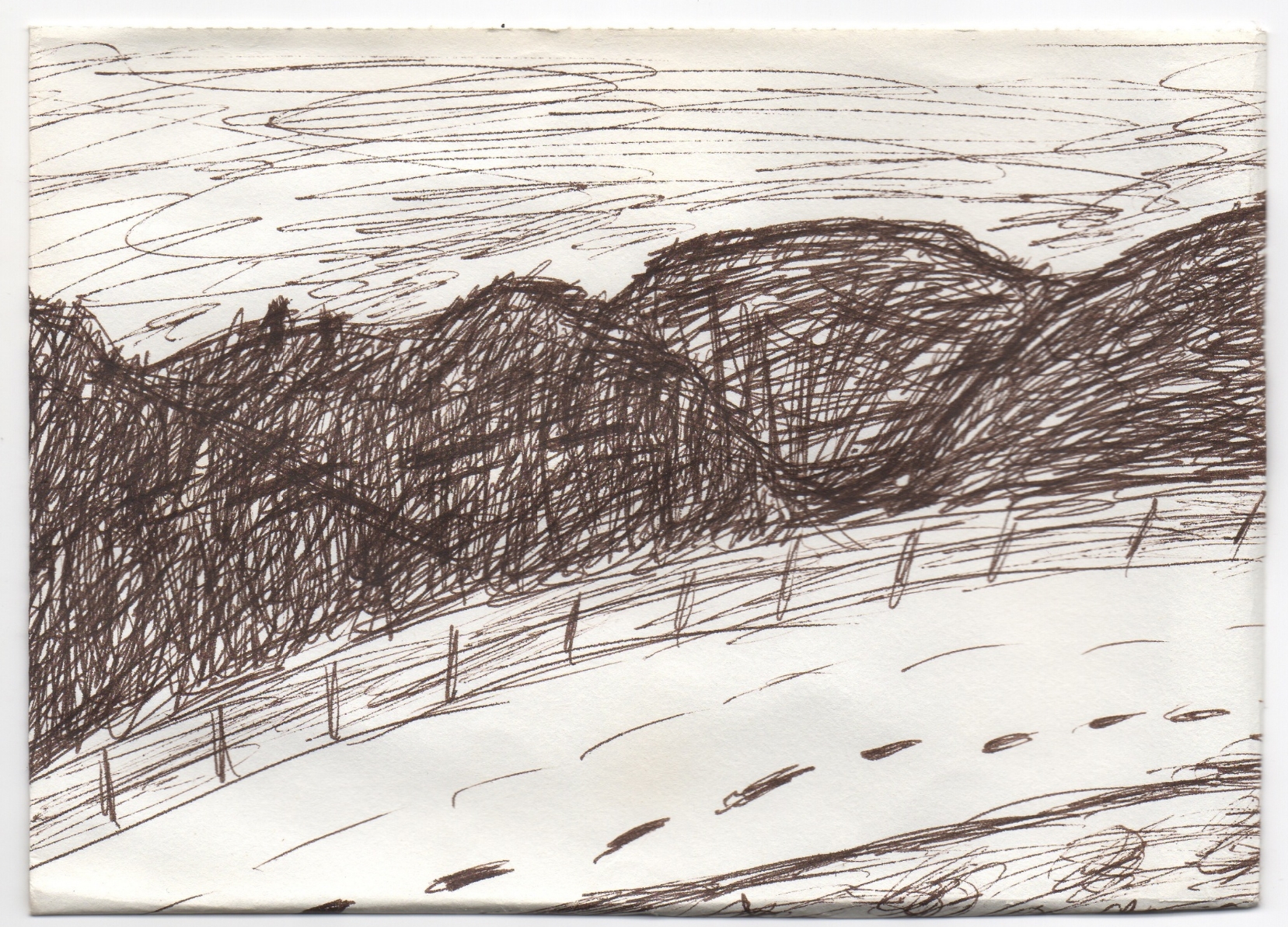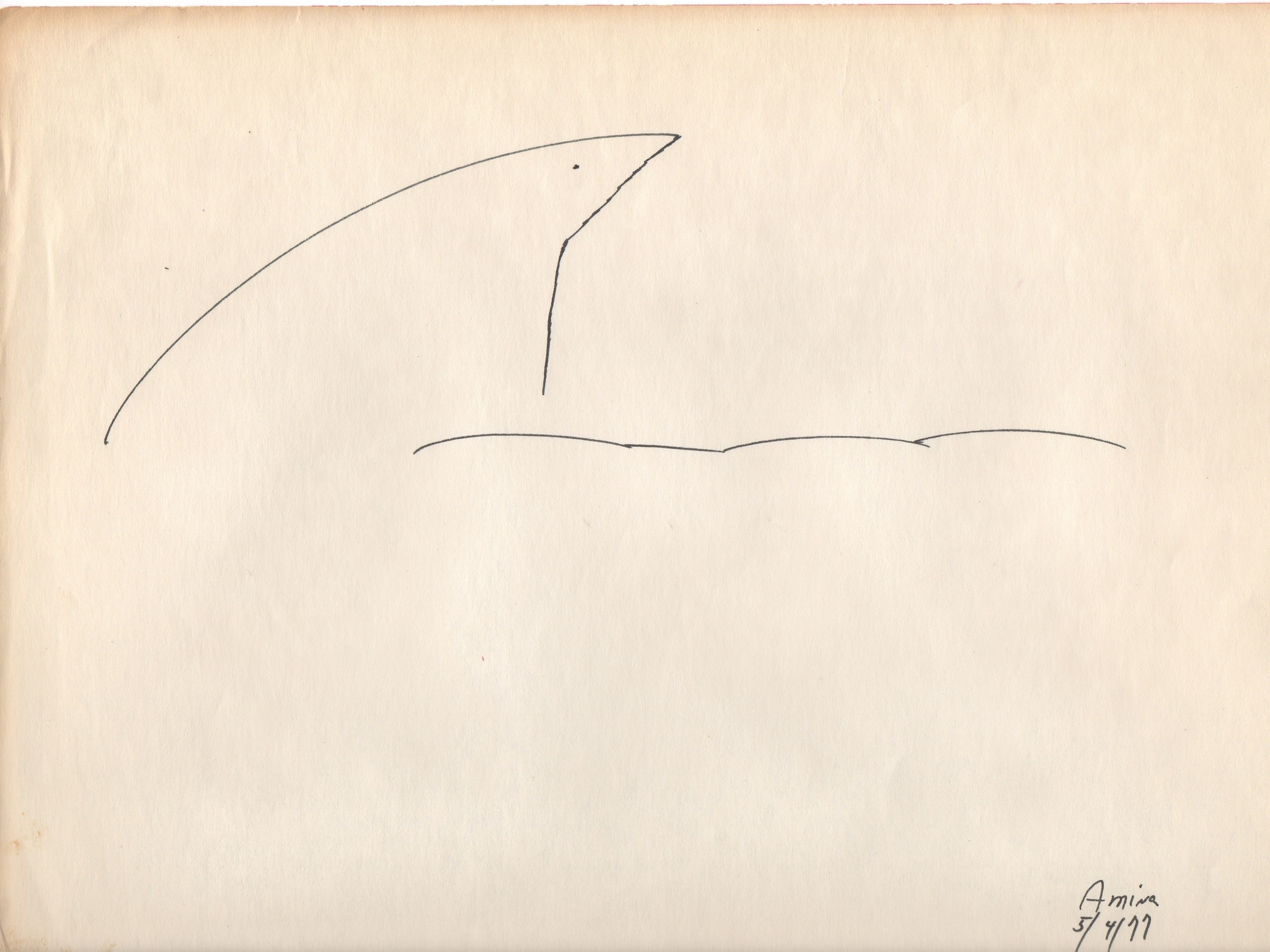For all its eminence on the New York scene—the first jazz festival of the year, with over 150 acts across a dozen venues in Manhattan’s Greenwich Village and Lower East Side—until this year Winter Jazzfest hadn’t put its considerable cache behind a specific cause. But for its 13th edition (on Jan. 5–10), WJF embraced an expansive one: social justice.
The 2010s have been a tumultuous era, witnessing the rise of movements focusing on income equality, gay rights and racial injustice—and the ferocious backlash that culminated in the election last year of Donald Trump. For a festival that prides itself on celebrating the vanguard of an American art form, it was all too much to ignore.
“There was a groundswell of proposals from artists that were specifically responding to these issues of social justice,” Brice Rosenbloom, the festival’s co-founder, explained during a panel WJF-sponsored session. “It was our responsibility to open up our stages to those issues … . I’ve been extremely emboldened, especially after the election, [by the idea] that we all need to step in and do whatever we can, right now.”
Indeed, these issues became a through-line during Winter Jazzfest’s two-night (Jan. 6–7) centerpiece, which programs several hours of back-to-back 50-minute sets at each of its venues. Some of the artists wore their concerns on their sleeve: Drummer Terri Lyne Carrington, for example, debuted a band called Social Science at the Village club SOB’s on Jan. 7—a trio that also employed vocalists and spoken-word artists addressing social justice issues.
At Subculture on the Lower East Side, Darcy James Argue’s Secret Society excerpted their multimedia project Real Enemies, which examines, in part, the power and politics of American paranoia.
Other artists wove their commentary more organically. Trumpeter Dave Douglas performed at Le Poisson Rouge Jan. 6 with his “electro-jazz” quartet High Risk—bassist Jonathan Maron, drummer Mark Guiliana and electronics maestro Zachary “Shigeto” Saginaw. Much like the band’s eponymous 2015 album, their live set was dominated by heavy funk, electronic sound effects and distortion, as well as Douglas’s always-virtuosic trumpet stylings.
In the introduction to Douglas’ tune “Cardinals,” the leader said, “This is a piece I wrote in response to what happened in Ferguson, Missouri,” referring to the police shooting of Michael Brown and the unrest that followed. “And now it’s dedicated to the Black Lives Matter movement.”
Performing that same night at the Lower East Side’s Nublu, drummer Kendrick Scott and his band Oracle offered a lively set, the bulk of which came from their 2015 Blue Note album We Are The Drum. A haunting moment occurred when he, pianist Taylor Eigsti and guitarist Mike Moreno accompanied a spoken-word recording. It combined the voice of Diamond Reynolds—the woman who live-streamed the police killing of her boyfriend, Philando Castile, last summer—and that of President Obama, reciting the grim statistics that go along with confrontations between African American citizens and police officers. The accompaniment had the feeling of improvisation, dominated by Scott’s drumming: pounding, as both a gun and a terrified heartbeat.
But none of these—and likely no other musical reflection on social justice—compared with the stark power of Chicago pianist Amina Claudine Myers, who performed a solo set at The New School’s 12th Street Auditorium. Myers, a longtime member of Chicago’s Association for the Advancement of Creative Musicians (AACM), played not the experimental music that that organization is famous for, but piano-and-vocal renditions of traditional Negro spirituals.
She began a cappella, with a riveting take on “Down On Me,” alone and unaccompanied in a long black gown, moaning, “Seems like everybody in this whole round world is/ Down on me.” When she began playing piano, she stuck to the conventions of gospel and soul (albeit with stabs and even occasional fantasias of avant-garde note clusters). Here she sang a dark “My Soul’s Been Angered in the Lord”; there, a version of “Sometimes I Feel Like A Motherless Child” that was astonishing in its intimacy and dignity.
Winter Jazzfest is often an important showcase for emerging artists and new projects by the more established ones. But social justice is a traditional message; in booking an artist like Myers, WJF demonstrated that traditional songs, played in traditional style, can be jazz’s strongest messenger.
By Michael J. West I Jan 11, 2017 4:09 PM
